“The skills employers demand today… are not skills you fix in a two-day workshop. They are skills you build very early in life.”
5-minute read
Cynthia B. Kaye
Early Education Advocate | EdTech Innovator | CEO, Alive Studios
I recently spent a day at a dynamic Workforce Summit, listening to business leaders and organizational experts discuss the current talent gap. The conversation was immediate, candid, and focused on one key area: Soft Skills are the new hard skills.

The panel’s consensus was striking. Employers aren’t just looking for technical proficiency; they need people who excel at fundamental workplace behaviors. The most critical skills currently missing in the workforce are:
Communication & Collaboration: The ability to work constructively in a team, listen actively, articulate ideas clearly, and solve problems effectively.
Professionalism & Drive: Showing up on time, demonstrating ownership, and handling stress and feedback maturely.
This perspective was powerfully reinforced by our special guest, Dr. Stephen Kamanú Ichatha, a Seasoned Technologist and Organizational Behavior expert from Google. Dr. Ichatha confirmed that many workers lack these basic professional behaviors, stressing that organizations need creative strategies to bridge the skills gap between education and real-time business needs.
The Real Question: Where Do We Start Building?
Hearing those highlights from the C-suite and Dr. Ichatha got me thinking: If these essential human skills are missing in the workforce, where did the foundation break down?
The truth is, we wait too long to start building these critical competencies. The core of professional success is laid long before college or a job interview; it begins in early childhood.
This is exactly why I developed the “7 C’s of Future Readiness.”
The skills employers demand today, Communication, Collaboration, Critical Thinking, are not skills you fix in a two-day workshop. They are skills you build very early in life.
If we want tomorrow’s employees to be great problem-solvers, resilient, and collaborative, we must treat early childhood education as the strategic workforce development investment it truly is. A strong start is the only solution for a strong finish.
To dive deeper into how the foundation for these essential skills is built, I invite you to read my previous article: Building Tomorrow’s Talent: The Unseen Power of Early Childhood and the 7 C’s
What skills will they need to master to interact and be successful with AI and with other people? While we can’t predict the future, we can prepare our children by equipping them with a foundational set of timeless, human-centric competencies. These skills are not just technical, but deeply social, emotional, and cognitive. Let’s call them the “7 C’s of Future Readiness”:
Curiosity: A deep desire to learn and explore, which fuels lifelong learning and innovation.
Critical Thinking: The ability to analyze information, question assumptions, and form reasoned judgments.
Creativity: The capacity to generate new ideas and solutions, a uniquely human trait that AI cannot replicate.
Collaboration: The skill of working effectively with others to achieve a common goal, an essential part of any team.
Communication: The ability to articulate ideas clearly and listen actively, both with people and with technology.
Character: The capacity to understand and share the feelings of others while making ethical decisions, a moral compass for a world of advanced technology.
Cognitive Control: The ability to manage attention, emotions, and thoughts to achieve goals and navigate challenges. This is the foundation of emotional intelligence and resilience.
These competencies are not just buzzwords; they are the bedrock upon which our children will build a future where they are not just users of technology, but its thoughtful creators, collaborators, and masters.
Why Start So Early?
Think of a child’s learning like building a house. You don’t want to find yourself in the fourth grade, frantically trying to fix a crumbling foundation that should have been built years earlier. We all know that a house with a weak foundation will never be truly sound. The same is true for a child’s learning.
We frequently hear about the skills gap, the need for workforce development, and the challenges facing our colleges and trades. Yet, the conversation often begins too late. The truth is, the foundation for tomorrow’s successful college student, skilled tradesperson, and innovative employee is laid long before kindergarten. It begins in the earliest years of life.
This perspective is also shared by my colleague, Dr. John Green of JPG Consulting, Dr. Green adds to this conversation by highlighting that: “Early learning from birth to five plays a crucial role in nurturing natural intelligences of emotion and imagination, which leads to the development of what Cynthia terms as the ‘7 C’s for future readiness.’ This period lays the foundation for children to trust their instincts, express feelings, and dream creatively. By supporting these core aspects of development, we empower children to adapt, form healthy relationships, and approach challenges with innovative thinking throughout their lives.”
For too long, early childhood education has been viewed primarily as a social service or a benefit for families. While it is certainly both, this perspective misses its most profound economic truth: investing in early learning is the most strategic workforce development initiative our nation can undertake. It is imperative that we ensure our youngest learners build strong foundations in literacy, numeracy, and these 7 C’s from the start. It is not just a moral imperative; it’s a strategic workforce development priority that prepares our children for a life of purpose and success in a world we can only begin to imagine.
Call to Action
I encourage educational leaders, business executives, and policymakers to initiate conversations and forge partnerships that will strategically invest in early learning initiatives. Let’s build a robust talent pipeline by empowering our youngest learners with literacy, numeracy, and the vital 7 C’s.
What skills do you believe are the most critical to solve the current talent gap? Share your thoughts below!
➡️ Share this with your Peers and Administrators!
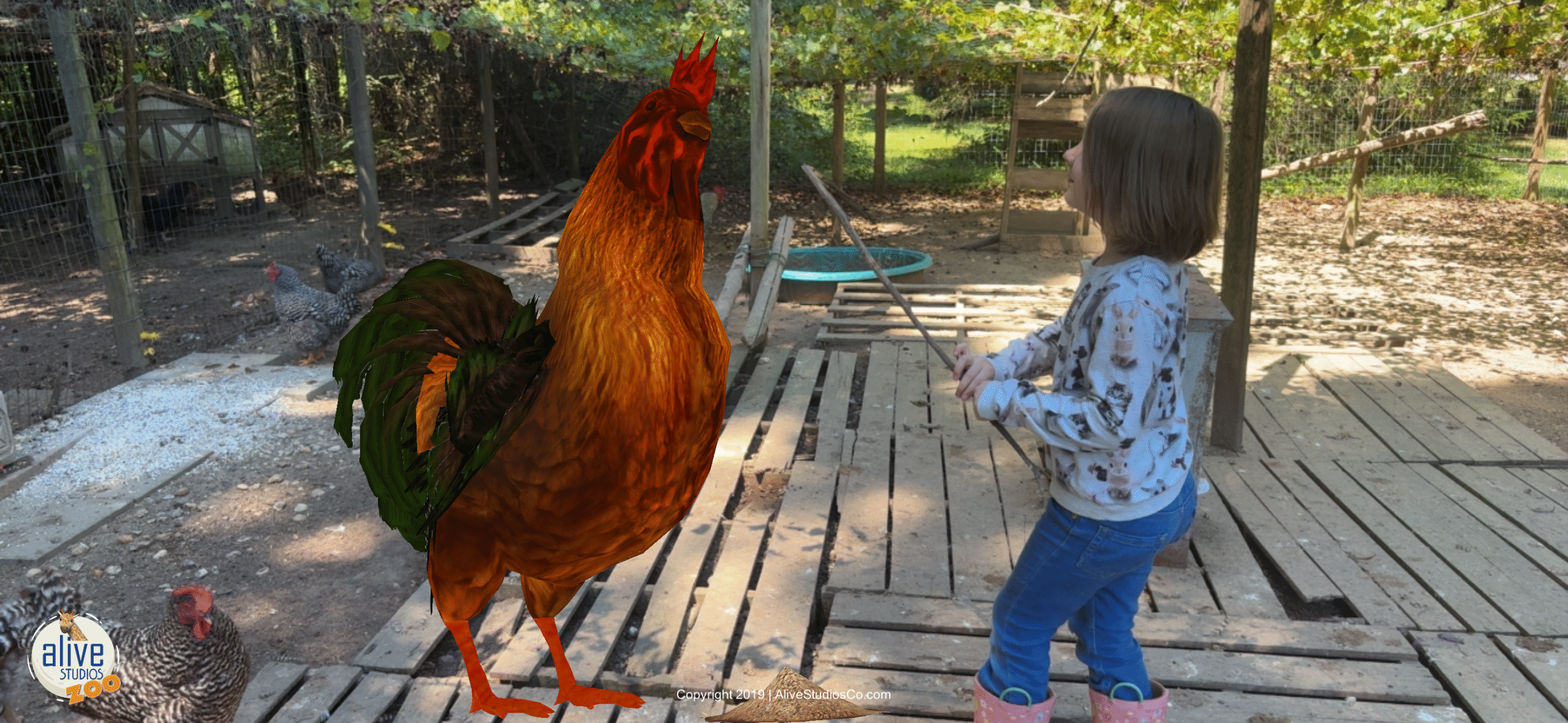



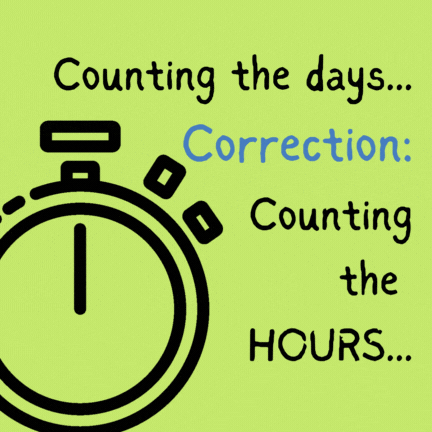
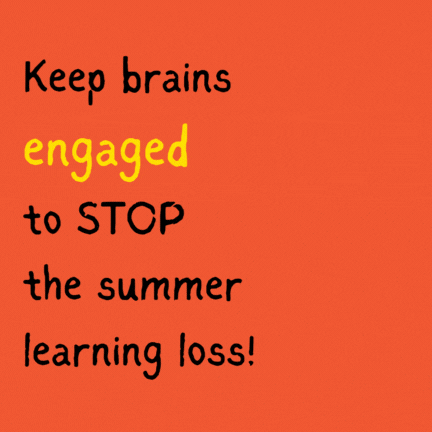 How do you keep your Pre-K and Kindergarten students from losing the proverbial months of learning over the summer break and get them ready for the next school year? During the pandemic, teachers, parents and districts saw monumental loss when students were receiving instruction virtually. Early learners do not have any room for learning loss over this and subsequent summers and you, as their teacher, don’t have time to create something that will keep their recent learning in the forefront. It is easy to tell parents to read to their children, talk to them about math at the grocery store, in the kitchen, in the car, counting socks to put in pairs, and the list goes on. Parents have really good intentions, but as a parent I know life takes over and often good intentions slide.
How do you keep your Pre-K and Kindergarten students from losing the proverbial months of learning over the summer break and get them ready for the next school year? During the pandemic, teachers, parents and districts saw monumental loss when students were receiving instruction virtually. Early learners do not have any room for learning loss over this and subsequent summers and you, as their teacher, don’t have time to create something that will keep their recent learning in the forefront. It is easy to tell parents to read to their children, talk to them about math at the grocery store, in the kitchen, in the car, counting socks to put in pairs, and the list goes on. Parents have really good intentions, but as a parent I know life takes over and often good intentions slide.

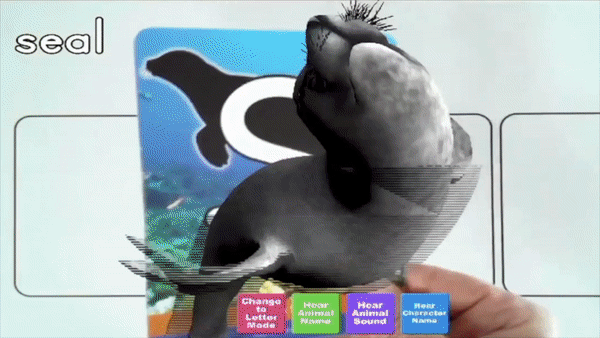


 Take time in the beginning to make multiple stations. I organized my stations using 5 colors. For every color, I had 4 boxes containing 4 different ways to practice the skills for the week. I divided students into groups and each group was assigned a color each day.
Take time in the beginning to make multiple stations. I organized my stations using 5 colors. For every color, I had 4 boxes containing 4 different ways to practice the skills for the week. I divided students into groups and each group was assigned a color each day.  and cleaning up so that the next group is able to have the same experience.
and cleaning up so that the next group is able to have the same experience.  If you have taught more than one year, you know that what works one year often has to be tweaked or completely reworked the next. Here are a few ways I rotated accountability throughout the years.
If you have taught more than one year, you know that what works one year often has to be tweaked or completely reworked the next. Here are a few ways I rotated accountability throughout the years. Stations are an indispensable part of the classroom. They develop not only academic skills, but more importantly, life skills. Tackling them can sometimes give educators combat fatigue. Here are the takeaways I have learned.
Stations are an indispensable part of the classroom. They develop not only academic skills, but more importantly, life skills. Tackling them can sometimes give educators combat fatigue. Here are the takeaways I have learned. 

 America has a literacy crisis among our early learners and serious solutions are in demand. “An alarming number of children—about 67 percent nationwide and more than 80 percent of those from low-income families—are not proficient readers by the end of third grade. This has significant and long-term consequences not only for each of those children but for their communities, and for our nation as a whole,” cited Ralph Smith, Managing Director of The Campaign for Grade-Level Reading.
America has a literacy crisis among our early learners and serious solutions are in demand. “An alarming number of children—about 67 percent nationwide and more than 80 percent of those from low-income families—are not proficient readers by the end of third grade. This has significant and long-term consequences not only for each of those children but for their communities, and for our nation as a whole,” cited Ralph Smith, Managing Director of The Campaign for Grade-Level Reading.
 Sure they offer the ability to do “it” quicker, bigger, and with more wow.. but do what? It’s the content ON the device that makes the difference. It’s the software application that brings the device to life and solves problems in classrooms.
Sure they offer the ability to do “it” quicker, bigger, and with more wow.. but do what? It’s the content ON the device that makes the difference. It’s the software application that brings the device to life and solves problems in classrooms.